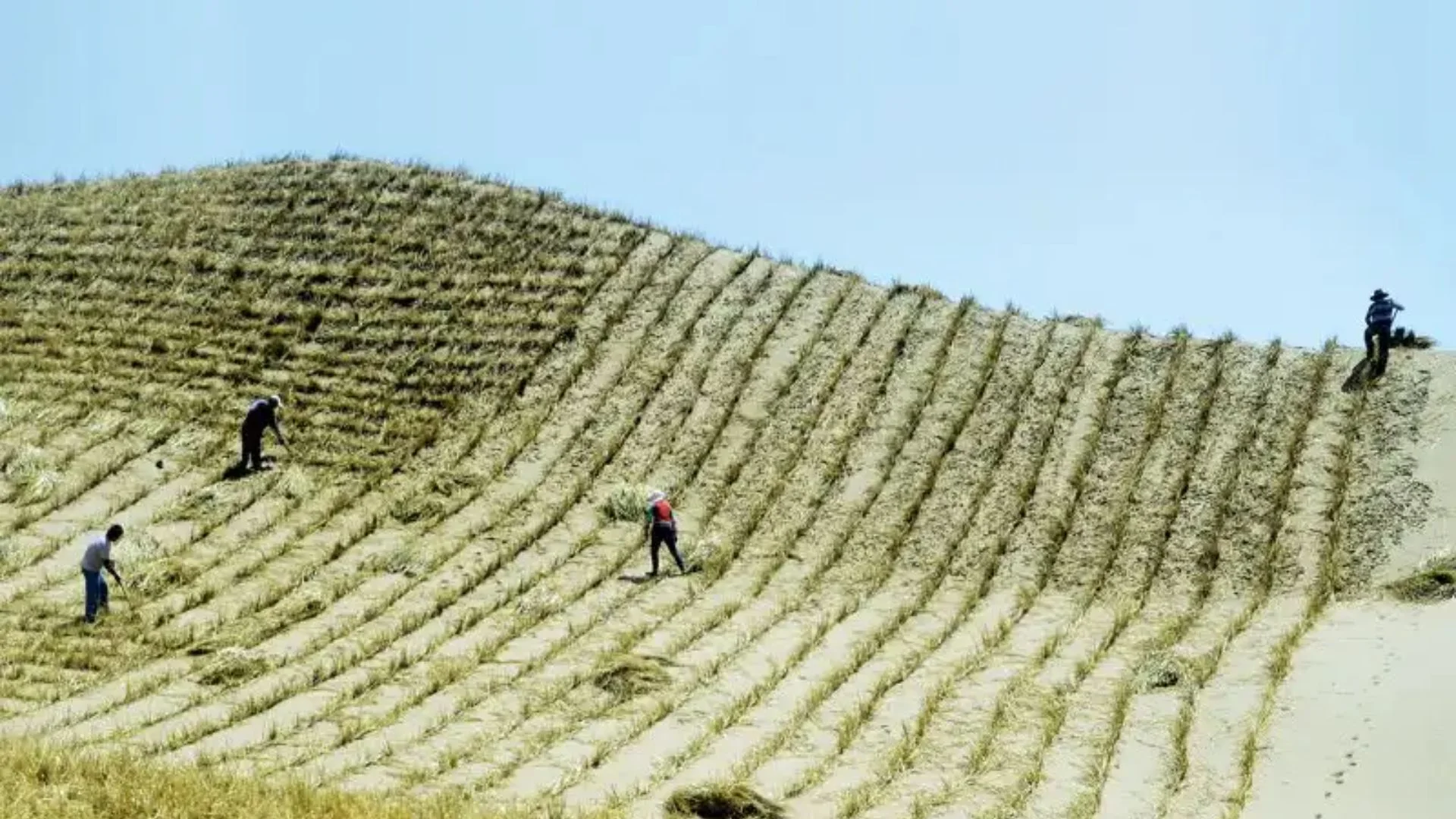
China has successfully concluded a 46-year campaign to encircle its largest desert, the Taklamakan, with a “green belt” of trees, state media reported on Friday. The initiative aims to combat desertification and reduce the impact of springtime sandstorms.
On Thursday, workers planted the final 100 meters of trees on the desert’s southern edge in the Xinjiang region, completing the 3,000-kilometer (2,000-mile) belt, according to the Communist Party-run People’s Daily.
The project began in 1978 as part of the “Three-North Shelterbelt” initiative, also known as the Great Green Wall. Over 30 million hectares (116,000 square miles) of trees have been planted since its inception.
Thanks to these efforts, China’s forest coverage has increased from around 10% in 1949 to more than 25% by the end of 2023. In Xinjiang, forest coverage has risen from 1% to 5% over the last four decades, People’s Daily reported.
The project involved decades of testing various tree and plant species to identify those best suited for the arid northwest climate. While survival rates have sometimes been low, the effort has contributed to slowing desertification. However, critics argue that the project has had limited success in mitigating sandstorms, which still reach Beijing annually.
Zhu Lidong, a Xinjiang forestry official, stated that China will continue planting vegetation along the Taklamakan’s edges to maintain progress. Poplar forests on the desert’s northern perimeter will be restored through floodwater diversion, and new forest networks are planned to safeguard farmland and orchards on the western edge.
Despite these advancements, official data indicates that 26.8% of China’s land remains classified as desertified, a slight improvement from 27.2% a decade ago.















